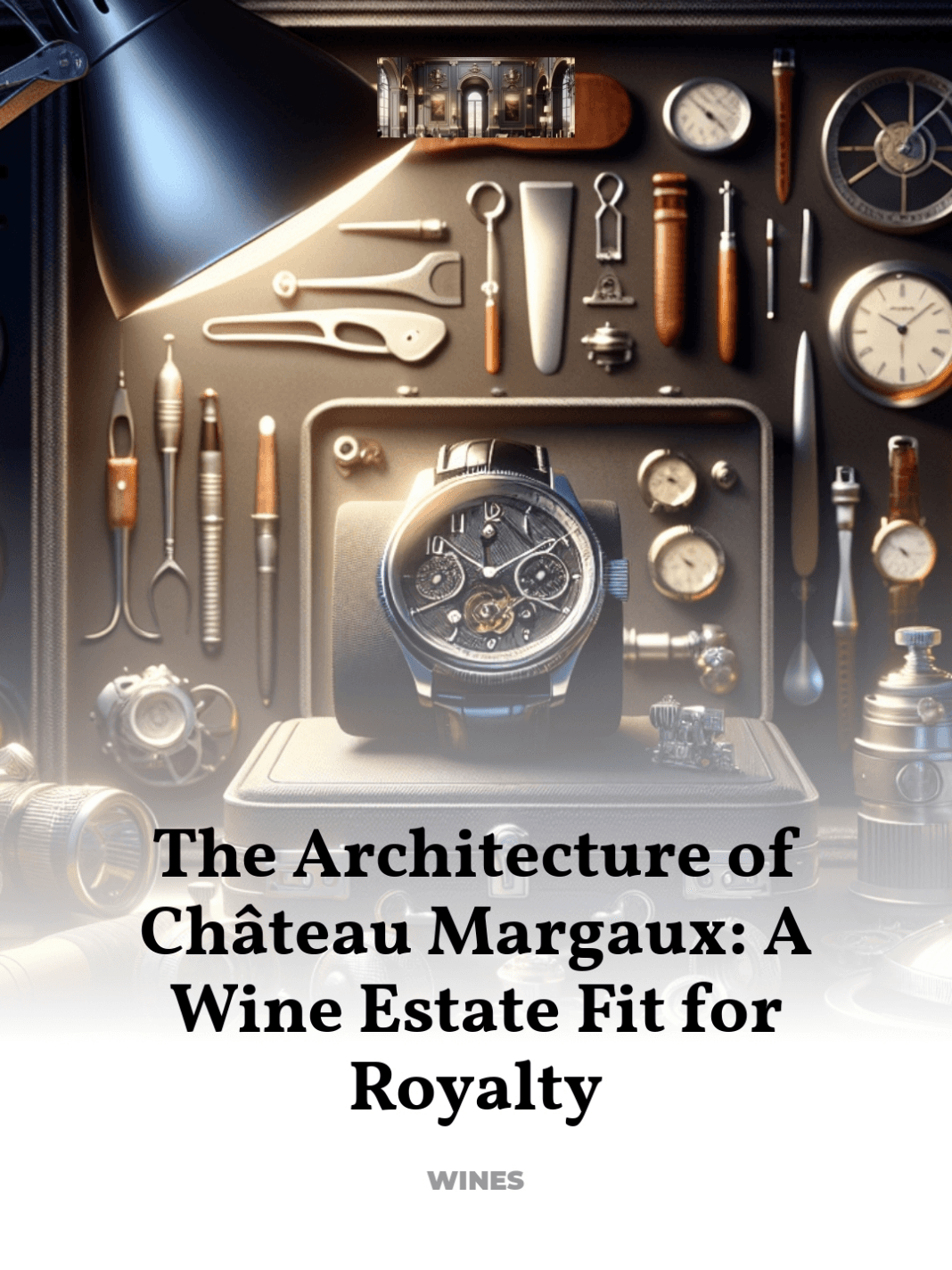How the estate’s neoclassical design reflects its grandeur
Château Margaux stands not only as a pinnacle of viticultural excellence but also as a monumental showcase of neoclassical architecture. With its history deeply rooted in the rich cultural tapestry of France, the estate offers a fascinating glimpse into the confluence of art, history, and winemaking.
- Historical Overview: The Legacy Begins
- Architectural Design: The Neoclassical Influence
- Symbolic Elements of the Château
- Restoration Efforts: Preserving Grandeur
- Cultural Impact: Beyond the Vineyards
- Concluding Reflections: A Living Monument
Historical Overview: The Legacy Begins
The origins of Château Margaux date back to the 12th century, though its significant architectural identity was forged in the 18th century when it was transformed into one of the most admired wine estates in the world. The estate’s history is marked by its esteemed wine production, which began to gain prominence in the 16th century under the ownership of the Lestonnac family. Over the centuries, Château Margaux has been associated with several notable figures, including Edward III of England, who was known to appreciate the wine from this estate.
In 1771, Château Margaux achieved a significant milestone by becoming one of the first vineyards to have its wine classified. This accolade set the stage for its 1855 classification as one of only four estates to be awarded the Premier Cru status in the Bordeaux Wine Official Classification.
Architectural Design: The Neoclassical Influence
The current palatial building of Château Margaux, designed by the prominent architect Louis Combes, was completed in the early 19th century. Its design is a perfect embodiment of the neoclassical style, which was prevalent in Europe at the time. Neoclassicism, characterized by its simplicity, symmetry, and grandeur, draws its inspiration from the classical art and culture of Ancient Greece and Rome.
The façade of Château Margaux is a testament to this architectural style, featuring a majestic colonnade that mirrors the grandeur of these ancient civilizations. The central pavilion is flanked by two wings, creating a harmonious balance that is both visually pleasing and functionally effective. The use of Corinthian columns adds a touch of elegance and supports the grand pediment that crowns the central structure.
Symbolic Elements of the Château
Every aspect of Château Margaux’s design has been carefully crafted to reflect its prestige and heritage. The entrance, guarded by an ornate iron gate, welcomes visitors into a world where beauty and history intersect seamlessly. The driveway, lined with an allée of ancient trees, leads up to the château, setting a tone of awe and respect.
The gardens of Château Margaux are as meticulously designed as the building itself. They feature classical landscaping elements such as geometrically arranged paths and strategically placed sculptures, which enhance the estate’s historical ambiance. These gardens not only serve aesthetic purposes but also reflect the Enlightenment’s ideals of harmony between human beings and nature.
Restoration Efforts: Preserving Grandeur
Recognizing the importance of preserving such a significant cultural and historical monument, extensive restoration efforts have been undertaken to maintain the integrity of Château Margaux’s structure and its surrounding landscape. These efforts ensure that the estate continues to showcase its historical significance and architectural beauty to visitors from around the world.
The restoration projects often involve skilled artisans and craftsmen who specialize in traditional techniques, ensuring that every repair and enhancement stays true to the original designs. This careful preservation allows the château to retain its authenticity while continuing to function as a modern winemaking facility.
Cultural Impact: Beyond the Vineyards
Château Margaux’s influence extends far beyond its role as a premier wine producer. As a symbol of cultural heritage and architectural beauty, it attracts thousands of visitors each year, including historians, architects, and art lovers, in addition to wine enthusiasts.
The estate’s commitment to preserving its historical and architectural legacy has also made it a subject of study and admiration in academic and architectural circles. It serves as a case study in the preservation of historical estates and the integration of modern functionality into classical architecture.
Concluding Reflections: A Living Monument
Château Margaux is more than just a wine estate; it is a living monument to France’s rich cultural and architectural heritage. Its continued prominence and preservation are testaments to the timeless appeal of neoclassical design and the enduring legacy of fine winemaking.
The château remains a beacon of luxury and history, inviting all who visit to partake in its storied past and to wander through its elegant halls and vineyards. It stands not only as a symbol of the past but also as an inspiration for future generations who will continue to cherish and preserve its beauty and tradition.
For further exploration of Château Margaux’s architectural and historical significance, consider visiting authoritative sources such as the official Château Margaux website or architectural heritage organizations dedicated to preserving classical estates.



